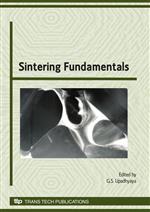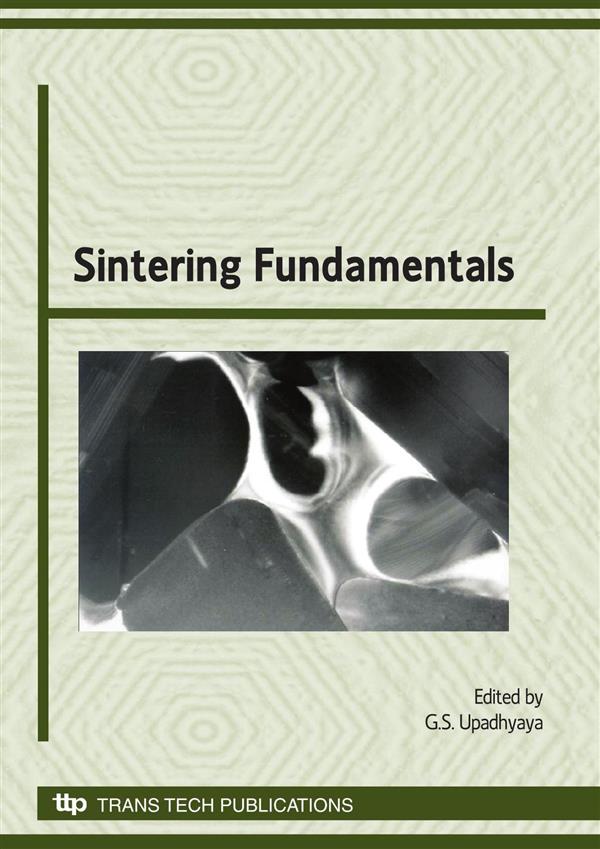Engineering Research
Materials Science
Engineering Series
Sintering Fundamentals
Description:
This book comprises state-of-the–art reviews written by acknowledged experts who are active in sintering science.
It includes seven invited reviews by authors hailing from five countries: J-M.Chaix (France) discusses quantitative aspects of the microstructures and modeling of sintering; with the technical aspects of image-analysis - including that of nanostructured materials - adding extra value. Z.S. Nikolic (Serbia) provides a theoretical review of the simulation of liquid-phase sintering, particularly under microgravity conditions, and extensively and critically reviews the results reported in the sintering literature. A.L. Lisovsky (Ukraine) opens up the vista of deconsolidation of polycrystalline skeletons in sintered composite materials, and deals with systems having more than one refractory solid phase, and with nanodispersed composite materials. G.S. Upadhyaya ( India) reviews the Samsonov model for the electronic mechanism of sintering, and its relevance; pointing out that, although the model is a qualitative one, it has great utility as a predictive tool and that various case-studies drawn from real multi-phase material systems are a testimony to the value of Samsonov’s model.
Purchase this book:
Info:
Review from Ringgold Inc., ProtoView:
The first of the seven papers in this collection review progress in methods for the quantitative analysis of microstructure, computer simulation of liquid phase sintering, deconsolidation of refractory polycrystalline skeletons, and Samsonov's model for the electronic mechanisms of sintering. The last three materials-based papers interweave the theoretical sintering aspects in order to achieve a successfully alloy design. Two papers by the same Indian researcher survey new developments in the solid state and liquid phase sintering of silicon carbide ceramics. The last paper highlights the contribution that materials chemistry as made to the development LSGM-based solid oxide fuel cells.

